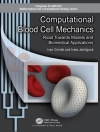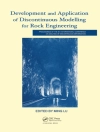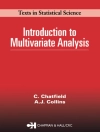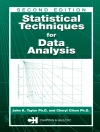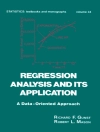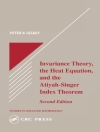. . . that departed from the traditional dry-as-dust mathematics textbook. (M. Kline, from the Preface to the paperback edition of Kline 1972) Also for this reason, I have taken the trouble to make a great number of drawings. (Brieskom & Knorrer, Plane algebraic curves, p. ii) . . . I should like to bring up again for emphasis . . . points, in which my exposition differs especially from the customary presentation in the text- books: 1. Illustration of abstract considerations by means of figures. 2. Emphasis upon its relation to neighboring fields, such as calculus of dif- ferences and interpolation . . . 3. Emphasis upon historical growth. It seems to me extremely important that precisely the prospective teacher should take account of all of these. (F. Klein 1908, Eng/. ed. p. 236) Traditionally, a rigorous first course in Analysis progresses (more or less) in the following order: limits, sets, ‚* continuous ‚* derivatives ‚* integration. mappings functions On the other hand, the historical development of these subjects occurred in reverse order: Archimedes Cantor 1875 Cauchy 1821 Newton 1665 . ;::: Kepler 1615 Dedekind . ;::: Weierstrass . ;::: Leibniz 1675 Fermat 1638 In this book, with the four chapters Chapter I. Introduction to Analysis of the Infinite Chapter II. Differential and Integral Calculus Chapter III. Foundations of Classical Analysis Chapter IV. Calculus in Several Variables, we attempt to restore the historical order, and begin in Chapter I with Cardano, Descartes, Newton, and Euler’s famous Introductio.
Ernst Hairer & Gerhard Wanner
Analysis by Its History [PDF ebook]
Analysis by Its History [PDF ebook]
Dieses Ebook kaufen – und ein weitere GRATIS erhalten!
Sprache Englisch ● Format PDF ● ISBN 9780387770369 ● Verlag Springer New York ● Erscheinungsjahr 2008 ● herunterladbar 3 mal ● Währung EUR ● ID 4720062 ● Kopierschutz Adobe DRM
erfordert DRM-fähige Lesetechnologie


